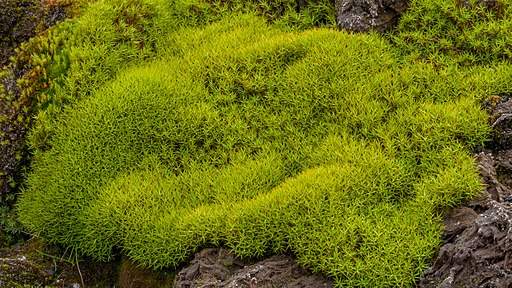
An international team of scientists has discovered that a polysaccharide in physcomitrella patens moss has possible medicinal uses.
The team, led by University of Adelaide professor Rachel Burton and University of Rhode Island professor Alison Roberts, was examining the evolutionary history of polysaccharide beta glucan when the discovery was made.
Beta glucan is a dietary fibre known to have a number of health benefits. It is found in the cell walls of bacteria, fungi, yeasts, algae, lichens, and plants such and oats and barley, which moss has similar relevant genes to.
One of these relevant genes was taken from moss by researchers and examined to see whether it could stimulate the production of beta glucan.
“What we found was a new polysaccharide made up of the sugars glucose and arabinose–not just glucose as in beta glucan,” Burton said.
“We have called it arabinoglucan and believe the way the two different sugars link together will make it structurally similar to beta glucan.
How well do you really know your competitors?
Access the most comprehensive Company Profiles on the market, powered by GlobalData. Save hours of research. Gain competitive edge.

Thank you!
Your download email will arrive shortly
Not ready to buy yet? Download a free sample
We are confident about the unique quality of our Company Profiles. However, we want you to make the most beneficial decision for your business, so we offer a free sample that you can download by submitting the below form
By GlobalData“We are not advocating eating moss, we are simply saying that there is great potential for this new polysaccharide as we’ve seen with others.”
While the researchers have said the function of arabinoglucan is not yet known, there is the hope that it will prove valuable to the medical and industrial sectors, as commonly used polysaccharides are. These include cellulose, which is used in paper and cotton, and xylans which are used in dietary supplements and drug delivery.
There is also the hope that this discovery will pave the way for other undiscovered plant polysaccharides.
“We don’t know what’s there because we can’t always see it,” Burton said.
“Scientists will need new tools to be able to find them, which might include new antibodies and microscopy techniques.”
The research took place at the University of Adelaide and University of Melbourne and was supported by the Australian Research Council and the US National Science Foundation. Findings were published in The Plant Cell.
Beta glucan is currently used in treatments for a range of conditions such as diabetes, high cholesterol and HIV/AIDS. It has also been used as an immunoadjuvant cancer therapy since 1980, mostly in Japan. It works as an immunomodulator, regulating the immune system through stimulating cells such as lymphocytes and macrophages, which fight infections. It also lowers blood cholesterol through preventing cholesterol absorption in the stomach and intestines.



